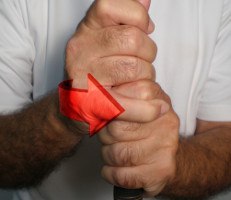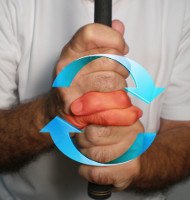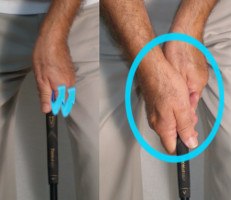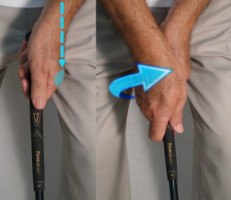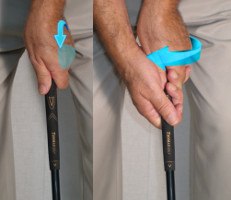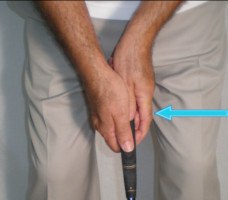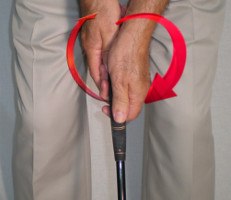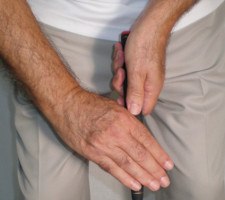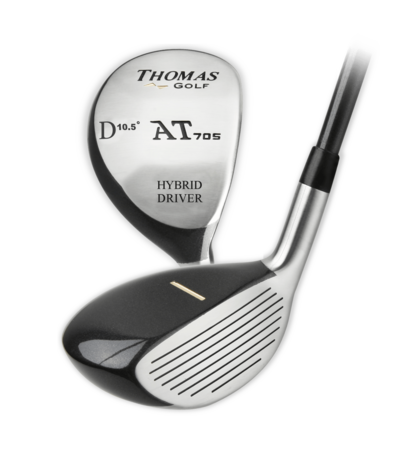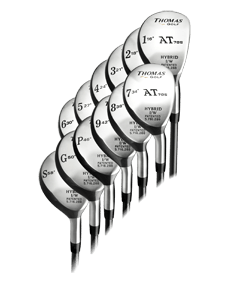Pros and Cons of Every Golf Grip Style |
Best Grip? Overlapping vs Interlocking |
Grip style: Interlocking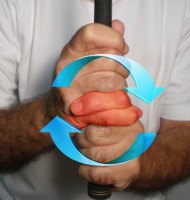 |
Hand position: Neutral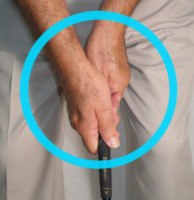 |
Putting grip style / hand position: Varies between conventional and “claw”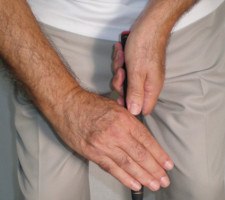
|

Richard Sterne’s grip puts him in a minority among tour pros, but it’s served him well over the years.
The diminutive South African has carved out a solid career on the European Tour, winning six times and making the international team for the 2013 Presidents Cup. The strength of his game has varied with time, ranging from driving accuracy to iron play to putting.
At address, Sterne exhibits similar sound fundamentals to his better-known his countrymen, including Ernie Els, Louis Oosthuizen and Charl Schwartzel. Sterne’s left hand shows little to no angle at the wrist, making it easy for him to get the club on plane early in the backswing. His right hand “V,” formed at the base of thumb and forefinger, aligns nicely with the shaft for regular shots.
We noticed, however, that Sterne will adopt a slightly stronger grip – especially with the right hand – when he needs extra power. For example, Sterne rolled his right hand to his right for a driver shot from the fairway during the 2014 PGA Championship. The result: a spectacular shot which found the green from 262 yards out.
Don’t be afraid to alter your grip when you need to hit a specialty shot, such as a hard slice or a hook around trees.
Richard Sterne’s grip on the greens is a personalized version of the so-called “claw.” He wraps his left hand around the handle with the forefinger protruding downward, similar to a reverse overlap grip. He cradles the lower part of the handle with his right hand, but places the thumb higher on the grip than other claw adherents such as Chris Kirk.
The lesson to take from Sterne’s methods: It’s OK to experiment with your grip in order to find what works for you.
